The SilencerCo ASR Muzzle Brake is a game-changer! Although there are some folks who are not much into muzzle brakes for personal reasons, they are still not a bad idea.
I’ve used quite a few SilencerCo ASR muzzle devices, and I can say for a fact that they are an awesome choice. To start with, they are solid and also great for reducing recoil and muzzle rise. They are built from high-quality materials that can withstand the heat and pressure of regular use. In addition, this muzzle brake is pretty easy it is to install. So if you are in doubt, this is the muzzle brake for you. To find out about other brakes and firearms, read up more on our website.
Table of Contents
Table of Contents
Construction
I’m not sure exactly what kind of steel this muzzle brake is made of. But it’s strong.
We actually got an ASR Flash Hider hot enough to melt it. A customer blasted like 20 mags of full auto through a SilencerCo suppressor.
This one got way too hot. It still works, though.
The muzzle device got hot enough that the metal got soft and blistered. We straightened it out and let it cool down. And the muzzle device still works on that full-auto rifle today. It didn’t get brittle. And even the black nitride finish held up to some extent.
That makes me pretty certain that the SilencerCo ASR Muzzle Brake will hold up through all sorts of hard use, since most of us don’t have full-auto rifles.
Also, the machining on this muzzle brake is super clean. All the corners are beveled slightly to remove any harsh edges. Even the internal edges of the ports are beveled slightly.
Lastly, the threads on the ASR mount are incredibly clean. But I’ll talk about the ASR mount later on.
But, even without mentioning the ASR mount, the construction and attention to detail on this muzzle brake is obviously top notch.
Fit and Finish
There’s some good and some bad here.
First, the black nitride finish is incredible. As I mentioned earlier, the black nitride finish on the ASR Flash Hider that we melted held up somewhat. It wasn’t perfect. But I wouldn’t expect any finish to hold up through being melted without any damage.
But it’s evidence that the finish is incredibly strong.
And the finish resists carbon fouling pretty well. It seems that this muzzle brake collects less carbon than many other muzzle devices I’ve used.
It takes quite a bit of suppressed shooting—and even more unsuppressed shooting—to get any significant carbon buildup on the muzzle device. So the nitride finish certainly seems to do its job.
The next aspect of the fit and finish that I noticed is the threading for mounting the muzzle brake to your barrel. The threading is incredibly smooth and well finished. This muzzle device threaded on super smoothly and easily.
My only complaint about the fit is the shims.
I don’t know if shims are a requirement for muzzle brakes. But I prefer crush washers. I find it much easier to time a muzzle device with a crush washer. And I’ve never had a muzzle device that’s mounted with a crush washer come loose.
If it’s necessary to use shims for a muzzle brake, so be it. You can use a crush washer for a compensator, though. And that must be timed. So why not use crush washers for muzzle brakes?
But I digress. My problem with this muzzle brake is that I’ve occasionally found it difficult to time the muzzle brake with the included shims. Either the shims were too thick or too thin. And I ended up having to pretty much overtorque the muzzle brake to get it properly timed.
It’s not a huge deal. I just used a bigger wrench. And this hasn’t been an issue with every ASR muzzle brake I’ve installed. It might just be a slight mismatch between the threading on the brake and the threading on certain barrels.
But you don’t have these sorts of issues with a crush washer. That’s all I’m saying.
Either way, my one complaint about the fit is pretty minor. Timing muzzle devices with shims is always kind of a pain. So I might have this complaint about any other muzzle brake.
Putting my minor gripe aside, the fit and finish on this muzzle brake is outstanding. It installed (mostly) flawlessly. And it requires very little cleaning and maintenance. That’s about as much as you can ask for from a muzzle brake.
It might be tough to see. But that shim is SMASHED.
Suppressor Mount
Obviously, the primary feature of this muzzle brake is the ASR suppressor mount.
Here’s my one sentence opinion of the ASR mount: it’s one of the best—if not the best—suppressor mounting system on the market right now.
Just look at those clean, sharp threads.
It’s super simple and easy to use. It’s absolutely secure. And it’s nearly impossible to get a false positive with the locking mechanism.
Also, referring again to the ASR Flash Hider we melted, we melted an ASR muzzle device. And the ASR mount still works! We didn’t even have an issue removing the suppressor after getting it hot enough to melt the muzzle device.
I know that this is a sample size of one.
But we use a lot of SilencerCo suppressors on rental guns at the range. And the operation is almost always flawless, despite how badly we beat them up and how often we burn them down on full-auto guns.
They very rarely even get carbon locked. That’s not to say that it can’t happen. But it takes a lot of abusive shooting to lock up the ASR mount.
So, in short, I’m convinced that the ASR suppressor mount is an amazing mounting system.
Obviously, you can only use SilencerCo suppressors with the ASR system (there may be other manufacturers that produce ASR compatible suppressors. But I’m not aware of them).
However, SilencerCo makes awesome suppressors. Being restricted to using SilencerCo suppressors isn’t really a limitation. No matter what you want to do with your suppressor, SilencerCo makes one that will fit the bill.
All in all, the ASR mount gets two thumbs up from me.
Muzzle Brake Performance
My observations here are pretty straightforward.
In terms of recoil reduction, this is a good muzzle brake. However, there are dedicated muzzle brakes that perform better.
I will say this, though: the only muzzle brakes that offer better recoil reduction are dedicated muzzle brakes. The other muzzle brakes with suppressor mounts feel about the same, or even slightly worse.
For a muzzle brake with a suppressor mount, this muzzle brake is outstanding. But, if your primary concern is recoil reduction—and you don’t need the suppressor mount—you’d be better served with a dedicated muzzle brake.
Allow me to make this recommendation, though:
Use this muzzle brake, even if you don’t have a suppressor right now and you just want recoil reduction.
Why?
This muzzle brake offers plenty of recoil reduction for typical AR-15 rounds. It might not be the very best. But it’s good. You’ll get a very controllable rifle. And, it saves you a bit of money if you decide to get a suppressor down the road.
Additionally, using a muzzle brake with a suppressor mount is especially valuable if you need to pin and weld your muzzle device.
It’s good enough that I pretty much use some variation of the SilencerCo ASR Muzzle Brake on all my rifles, at this point. That way I can slap one of my SilencerCo suppressors on any rifle I have. And I have very little need—if any need—to swap muzzle devices in the future.
That’s my two cents on why using an ASR muzzle brake is a great idea.
But, in fairness, here’s a counterpoint:
You may want to forego this muzzle brake if the muzzle blast is a significant concern for you. The muzzle blast from this muzzle brake is relatively mild. But it’s still a muzzle brake.
If that’s your situation, allow me to recommend the SilencerCo ASR Flash Hider. That way you can still get a suppressor down the road, if you change your mind.
That’s all I have to say about that.
Braking Things Down
As you may have guessed, I think the ASR muzzle brake is an amazing muzzle device.
It performs well as a dedicated muzzle brake. And you can pop a suppressor on it, if you need to muzzle the muzzle blast.
The only thing to watch out for is timing it with the shims. You may need a pretty sturdy upper receiver vice block to get this muzzle brake properly timed. But that may just have been a product of the barrel I mounted this SilencerCo ASR Muzzle Brake on.
In the end, I think that you’d be hard pressed to find a more versatile muzzle brake that offered better recoil reduction than the ASR muzzle brake. It could easily be the only muzzle device you need.








![Air gun 101: The differences between .177 & .22 – Which jobs they do best ? [Infographic]](https://airgunmaniac.b-cdn.net/wp-content/uploads/2024/11/1773-218x150.jpeg)















































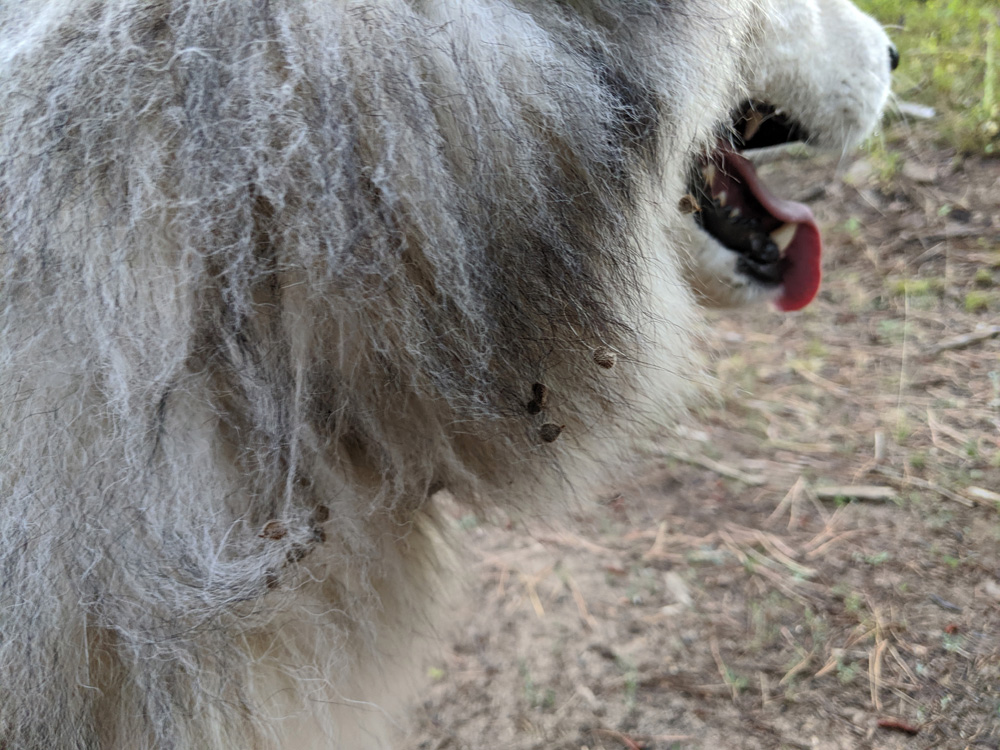

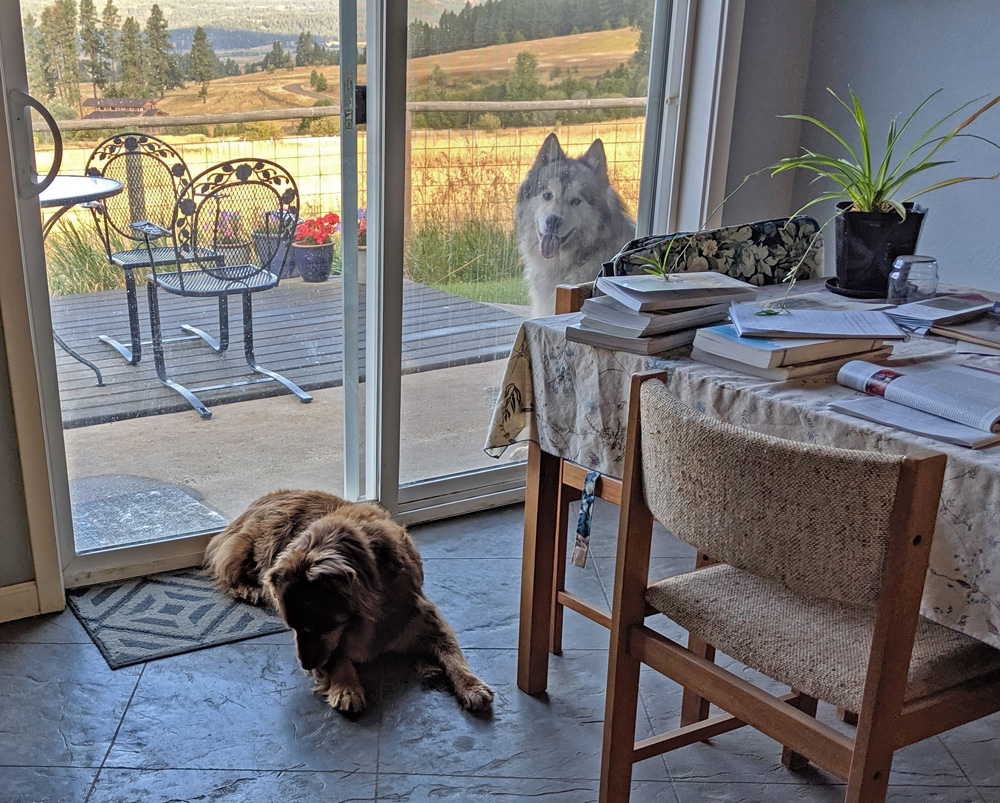











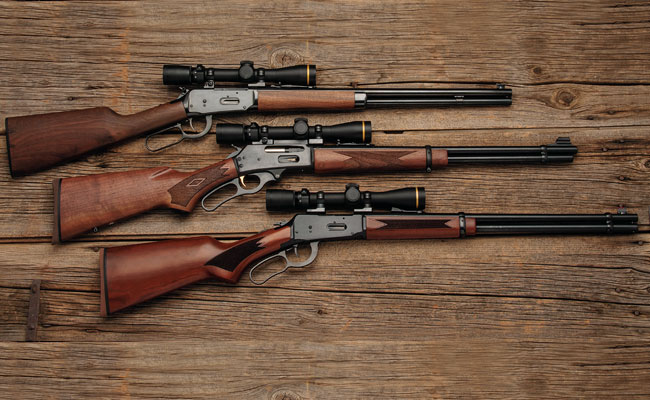






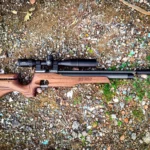
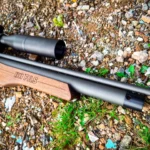
![Air gun 101: The differences between .177 & .22 – Which jobs they do best ? [Infographic]](https://airgunmaniac.b-cdn.net/wp-content/uploads/2024/11/1773-150x150.jpeg)
